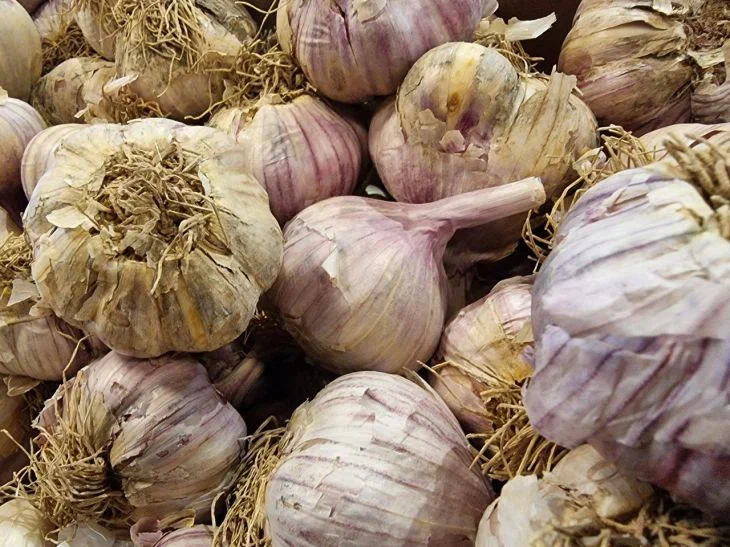Winter and spring garlic are dug at different times. But summer residents are not advised to determine the maturity of the crop solely by time indicators.
There are more precise signs indicating the maturity of a vegetable. Both winter and spring garlic have their own.
The garlic is ripe
There are several popular methods for determining the maturity of a garlic crop.
Firstly, spring garlic does not have shoots and all attention should be paid to the leaves – they turn yellow when ripe.
Secondly, the most popular option is to dig up a few heads to try.

Thirdly, when the garlic is ripe, its leaves droop or lie on the ground.
Fourthly, by the time of digging, the root collar of the garlic should be ripe.
Fifth, the heads become firm, and the scales become firm and dense. They should separate easily from the cloves.
How to dig up garlic
To ensure that garlic is stored well, you need to stop watering it 1-1.5 weeks beforehand.
The harvest is dug up on a fine day in the morning or evening, using a pitchfork so as not to damage it.
If the heads have fallen apart into cloves, then such garlic should not be stored.
The harvest is dried for 7-10 days, then the stem is cut off, leaving no more than 10 cm.








